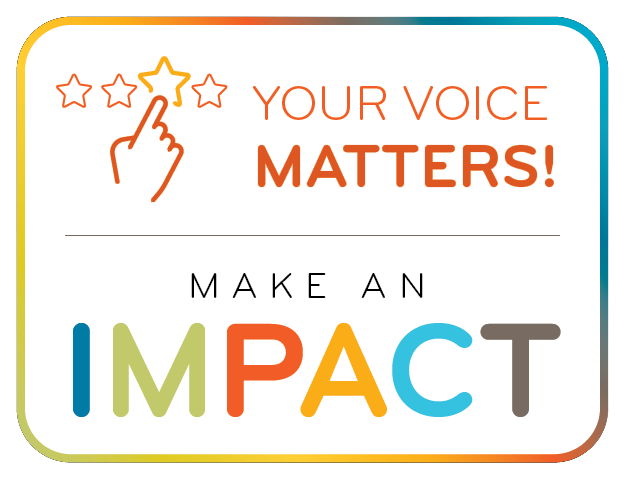April 26, 2013
Molecular Pathology (MoPath) Consideration Process: Coverage and Reimbursement
To determine coverage for molecular pathology services, a Technical Assessment (TA) will be required for all new tests/assays prior to submission of claims and for any procedure/service determined by CGS to need additional scientific documentation. To request a Technical Assessment, submit a comprehensive set of supporting documents via 615.664.5920. Please address your fax cover sheet to J-15 MoPath Consideration - Attn: Earl Berman, MD.
CGS will review all submitted requests to determine if the test/assay is reasonable and necessary and demonstrates improved patient outcomes. We recognize that it may be difficult to obtain and demonstrate improved patient outcomes for new and molecular tests/assays. Therefore, in conjunction with the analytical and clinical validity evidence, a minimum of one well-designed, peer-reviewed publication will be considered for coverage. The following published documentation may be considered in evaluating clinical utility:
- Retrospective studies
- White-papers written by national societies and recognized experts
- Virtual or theoretical models that have been vetted in the scientific literature
- Abstracts
Note: The onus is on the laboratory provider to make their best case using any and all evidence to support clinical utility.
The submitted material should be organized for submission in the following order:
- Diagnostic test/assay, lab/manufacturer, point of contact (POC) and email address; or diagnostic test/assay name, provider name, provider NPI number, POC and email address
- Names of comparable assays/services, if available, with similarities or variances
- An executive summary with description of assay, summary paragraph for each scientific article, complete list and electronic copies of publications that support coverage
- Analytical validity evidence (published or in-house) including:
- Steps in specimen acquisition and handling
- Step-by-step procedure with designation of time and resources
- Representative positive, negative and indeterminate patient test results
- Clinical validity evidence (published) including:
- Sensitivity, specificity, positive predicted value, negative predicted value, accuracy, precision and reproducibility
- Minimum standard of two published, peer-reviewed articles
- Clinical utility (published) including:
- Two (preferred) well-designed, controlled, published articles in peer-reviewed journals
- Sufficient numbers of subjects to establish clinical significance and includes Medicare population in study group
- Demonstrates change in physician treatment behavior based on the assay results and/or improved patient outcomes
- Provide list price; prices paid by other insurers
- List proposed CPT codes to bill service
- Identify if the test has been certified or pending certification from New York State (NYS) or any other assessment entity. Although CGS will not perform an additional TA on NYS certified tests, this information will be used to make a coverage determination. It is not our intent to burden laboratory providers. If you have received Technical Assessments through another entity, please fax this information to 615.664.5920.
- Ensure all documents/files are complete, and:
- Fax documents to 615.664.5920
- Enter in the subject line: test/assay name, followed by “coverage request” (e.g., EJTEST Coverage Request)
- If your submission is too large for sending via fax, please mail a flash-drive, loaded with the complete submission, to the following address:
CGS
Attn: Earl Berman, MD
J-15 MoPath Consideration
26 Century Blvd STE ST610
Nashville, TN 37214-3685
Note: For this program, 'published' refers only to articles cited in Pubmed. Technical Assessments and 'white' papers by recognized experts, published opinions and treatment guidelines (College of American Pathology, American Society of Clinical Oncologist, American Society of Hematology, etc.) are considered in the coverage evaluation but are not binding to the contractor. Oral presentations and testimonials will not be considered.
Based on the determination for each assay/test reviewed, CGS will publish information to inform the provider community of the following: coverage, coverage with restrictions, non-coverage and coding guidelines.
Pricing Determinations
CMS implements 'crosswalk' and 'gap-fill' processes to calculate reimbursement for new or substantially revised AMA CPT codes.
The “crosswalk” process is used if a new test is comparable to an existing test, code description, multiple existing codes or a portion of an existing test code. The new test code is assigned the local fee schedule amount and the national limitation amount (NLA) of the existing test code(s). The crosswalk to multiple existing test codes is determined by the local fee schedule amount and the NLA amount based on a blend of payment amounts.
The “gapfill” process is used when no comparable existing test is available. CMS instructs contractors to determine a carrier-specific amount for use in the first year the new code is effective. The Code of Federal Regulations (42 CFR) directs contractors to examine:
- Charges for the test and routine discounts to charges
- Resources required to perform the test
- Payment amounts determined by other payers
- Charges, payment amounts and resources required for other tests that may be comparable
After the first year, the carrier-specific amounts are used to calculate the NLA for subsequent years.
Since CMS has not published reimbursement criteria for “not otherwise classified” (NOC) codes, CGS will consider the most appropriate process with the following conditions:
- CGS is not bound to a reimbursement established by another contractor prior to jurisdictional award.
- CGS may decide to continue the previously established reimbursement during a jurisdictional consolidation, but may choose to reassess reimbursement following the consolidation.
- CGS encourages providers submitting NOC codes to obtain an AMA CPT code.
Providers may use the standard appeals process to request review of the amount reimbursed for NOC codes.
Reference:


